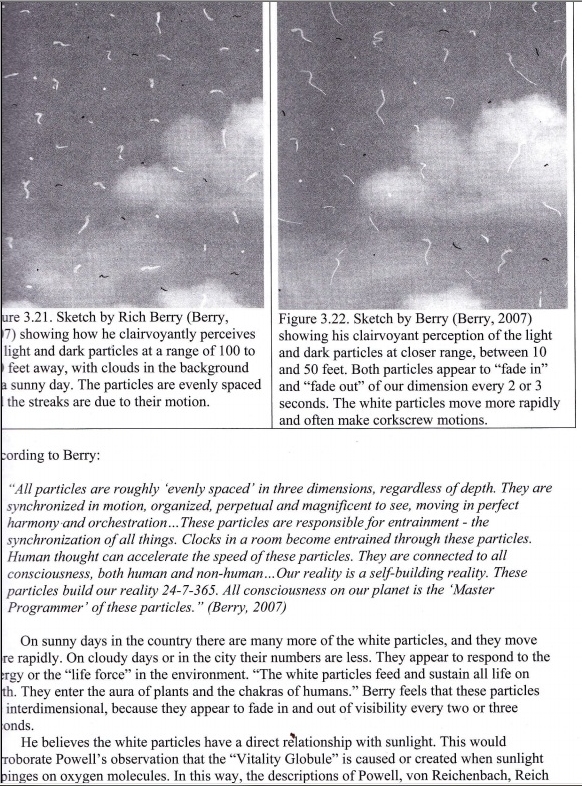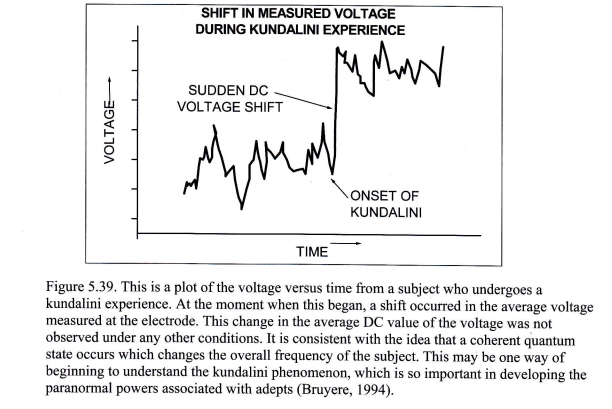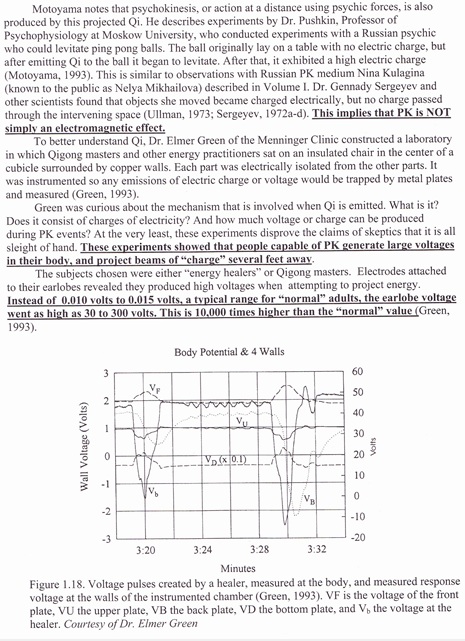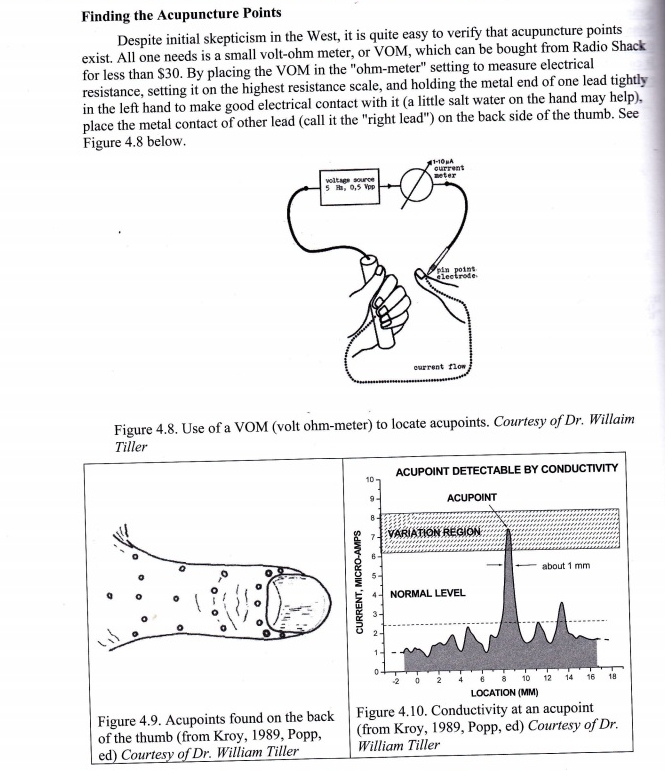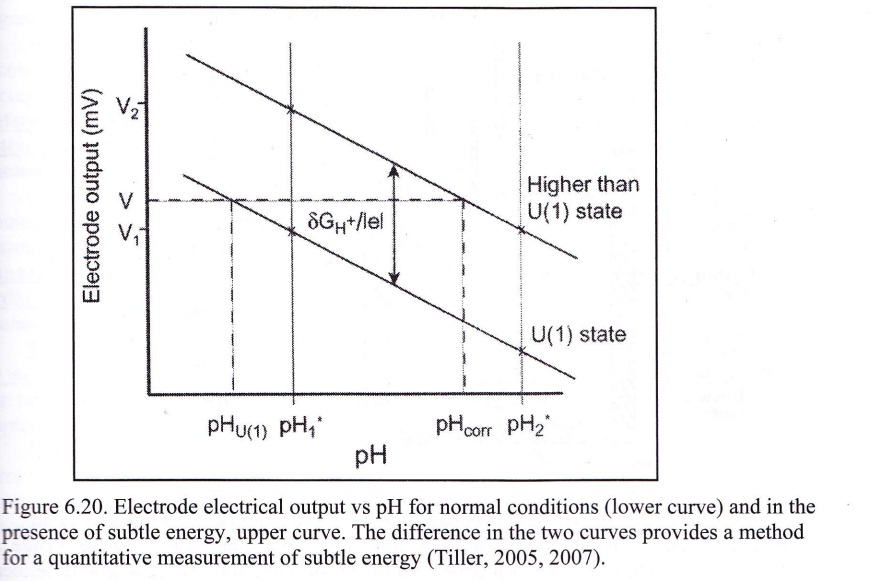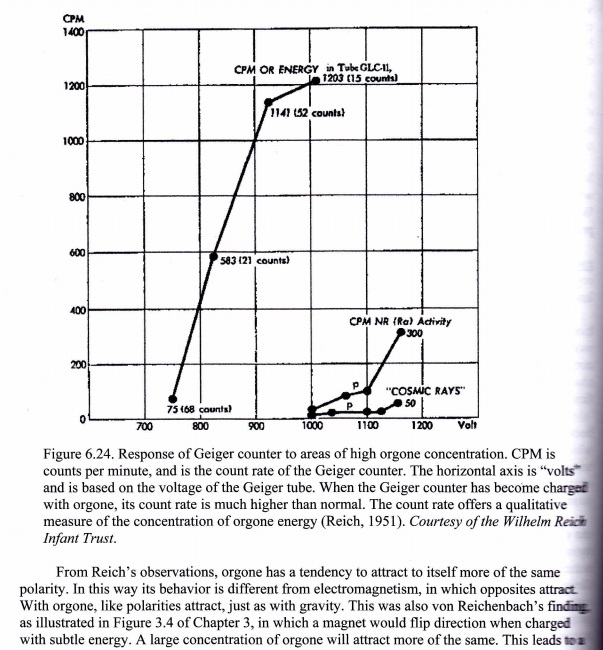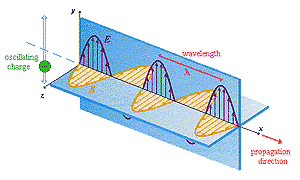http://healingtools.tripod.com/biomag.html
North Pole/Negative (-) Polarity:
Attracts Oxygen into Cells
Causes Muscular Contraction
Promotes Normal Fluid Elimination
Encourages DEEP Restorative Sleep
Inhibits Infection
Enhances Biological Healing
Diminishes Congestion
Reduces Inflammation
Relieves Pain
Diminishes Cholesterol, Triglyceride,
etc., Build-Up in Arteries
Dissolves Fatty and Calcium Deposits
Promotes Mental Acuity
Reduces Behavioral Problems
Neutralizes Acid of Insect Bites and Stings
Normalizes pH with Alkaline Response
South Pole/Positive (+) Polarity:
Reduces Cellular Oxygen
Calms Muscular Spasms and Cramps
Increases Intracellular Water Retention
Stimulates Wakefulness
Accelerates Microbial Growth
Inhibits Biological Healing
Heightens Congestion
Can Increase Inflammation
Intensifies Pain
Stimulates Positive Material Build-Up in Arteries
Encourages Fatty and Calcium Deposits
Causes Hyperactivity
Enhances Behavioral Problems
Promotes Discomfort from Insect Bites and Stings
Overly Acidic Metabolic Response
NOTE: The South Pole Energy is used (5-10min.) for: Under-active (hypo-active) Glands: such as Adrenal, Thyroid, Pancreas. To NEUTRALIZE Stomach Acids.
Especially IMPORTANT: Used as part of PROPER Polarity Treatment for: Bone Fractures and Cartilage Repair.
Please follow the South Pole with the SAME amount of time utilizing the North Pole Energy of the Magnet, that's being used.
http://www.teslatech.info/ttstore/repor ... /scope.htm
Not only has our research gone into the frequencies of the brain, but it has also encompassed increasing the sensitivity of the mind through application of magnetic energy. Our work began with small animals with a reasonably short life span. Mice were the first animals selected to be used in a series of experiments to determine the effects of magnetism on their brains and bodies.
Twelve mice were placed in a cage to be used as controls (untreated). Another twelve mice were placed in a separate cage with exposure to the South pole field of a 2000 gauss magnet, and the last twelve were put in a cage exposed to the North pole energies of a like magnet. An equal number of males and females were put in each cage. Exposure time was two months.
The untreated control mice behaved and functioned as normal mice. Without exception, the South pole mice slowly became very messy in their housekeeping, their appetites increased, they engaged in sex more, and their offspring were larger than those of the controls. Also, as time passed, they became mentally slow, loosing sensitivity to sound and light changes in the laboratory. Their young were difficult to teach the customary tests; they were lazy, listless, careless and very dirty in appearance.
The North pole mice became very neat and tidy, cleaning themselves frequently. They also became extremely sensitive to any noise or light variations in the laboratory. Their offspring were smaller than those of the controls. They were mentally superior to the controls and out performed the South pole young by several hundred percent in all phases of natural behavior.
The South pole mice were larger, grew faster, matured sooner, and mated continually. They also died earlier than their control counterparts. The North pole mice matured slower and lived 45 to 50 percent longer than the controls. They were also mentally superior to the controls and several hundred percent smarter than the South pole mice. They were much less frequent with sexual behavior than the South pole treated mice and less than the controls.
Rats were the next test subjects, and the results were the same as the findings with the mice. Rabbits and later cats were tested, again the results were the same as with the mice. These experiments are facts of the results of actual controlled experiments and are not theories or ideas. Anyone wishing to do so can reproduce these experiments.
Can we now program man to be more physical or mental, depending on the need of society? Based on our findings from these early experiments, we believe man can be conditioned in a like manner and his life expectancy extended far beyond what is now considered to be his three score and ten years.
Remembering that these tests were conducted on the entire body of the animal, could we by placing the North pole of a magnet directly at the center of the brain of larger animals and voluntary human subjects raise the intelligence and sensitivity?
Test results have proven beyond doubt that directing the North pole energy to the center of man’s and animal’s foreheads does improve the ESP abilities as well as increase the capacity for retention of information. As an example, when reading, studying or analyzing, use of a very small magnet from 50 to 100, not over 300, gauss for not over 10 minutes per day to the third eye which is at the exact center of the forehead, can increase the mind’s ability to store and recall more information.
Interestingly a magnet’s frequency falls far above the frequency spectrum we have found most efficient for long distance wave transmissions. Yet, they are within the range which we have proven possible. In our book, The Rainbow In Your Hands, we further explain these energies and show that the human hands possess the ability of altering and improving life and life systems. Each hand possesses an energy similar in form and effect to the magnet’s separate poles.
These energies, when understood, carry a natural healing potential and can be directed in giving strength, aiding in the reduction of pain, or speeding the body’s own repair network. You can be a natural healer, if you are not already. If you are already a natural healer, you can do better by the use and understanding of the separate energy application.
Your body, and also that of all animals and other living bodies, retains and transmits measurable energies which are bioelectrical in nature from all of its sources. Therefore, the human aura is a reality and we offer further proof of this in our book, The Rainbow In Your Hands. No longer can the existence of the biomagnetic energies and power of man’s mind and body be denied.
Walter Rawls, who worked with the effects of monopolar magnetic fields on matter with the late Albert Roy Davis, told me in a telephone conversation of his experiments with a North pole magnet situated over the pineal gland.
A mask was made which held the North pole end of a long cylindrical magnet over the pineal gland. The purpose was to stimulate the gland and see if there was anything to this ‘third eye’ business. Exposure was in the range of 10-30 minutes per day over a period of about 4 weeks.
Within the first week, he was sitting at his desk reading documents when he noticed something move out of the corner of his eye. As he looked up, the ghostly figure of a man had walked through one wall, moved across the room and disappeared through another wall. The figure was totally unaware of Walter. Further exposures to this North pole field took place over a second and third week.
The second week, the same ghostly figure moved through the room and glanced toward Walter as he passed through. This time, the figure appeared to have slightly more detail, not quite so ghostly.
The third week, while busy working on documents, Walter noticed a change in the room. When he looked up, the wall had dissolved away and he was looking at a small hill where a man and woman sat beneath a tree. It was the same ghostly male figure who he had seen on the other occasions. He sat quit still, watching this pastoral scene for several minutes.
The man looked over toward Walter and appeared startled. It was as if he clearly SAW Walter this time and possibly recognized Walter as the ghost that he had seen the previous week! The image faded away and the wall restored to its normal condition. From that moment on, Walter never used the pineal stimulator again."
http://forum.healingdao.com/general/message/14651%5C
“THE METHODS USED FOR DEVELOPING LUCIDITY IN OUR CHELAS MAY BE EASILY USED BY YOU. EVERY TEMPLE HAS A DARK ROOM, THE NORTH WALL OF WHICH IS ENTIRELY COVERED WITH A SHEET 0F MIXED METALS, CHIEFLY COPPER, VERY HIGHLY POLISHED, WITH THE SURFACE CAPABLE OF REFLECTING IN IT THINGS AS WELL AS /BEING,) A MIRROR
‘THE CHELA SITS ON AN INSULATED STOOL, A THREE-LEGGED BENCH PLACED IN A FLAT BOTTOMED VESSEL O/THICK GLASS—(WITH) THE LAMA OPERATOR LIKEWISE, THE TWO FORMING WITH THE MIRROR WALL A TRIANGLE.
‘A MAGNET WITH THE NORTH POLE UP IS SUSPENDED OVER THE CROWN OF THE CHELA’S HEAD WITHOUT TOUCHING IT. THE OPERATOR HAVING STARTED THE THING GOING LEAVES THE CHELA ALONE GAZING ON THE WALL, AND AFTER THE THIRD TIME (THE GUIDING LAMA) IS NO LONGER REQUIRED.”
Ingo Swann:
I though the initial invitation took place in 1987, setting up the complicated experiment went on for months. I finally went to Topeka during the middle of June 1989 for a week’s work in the Voluntary Controls Program.
I found that the Mahatma’s copper wall had in fact become a copper ROOM whose four walls and floor were of large copper panels.
The whole experimental situation was exceedingly elegant and splendid. The copper sheets were hooked into several arrays of computer analyzers which recorded their electrostatic behavior.
The chair was not a tripod, but a comfortable padded one, with facilities to hook up the subjects to computerized brainwave and other physiological detectors.
The whole of the copper room was raised up on glass blocks whose function was to detach and insulate the room from Earth’s magnetic field.
The all-important 14-Gauss magnet was suspended in the air just over the subjects’ heads.
The environment was very impressive and thrilling.
Elmer and his several colleagues were nothing if not premeditated, thorough and careful, and altogether an inspiring group.
Complete records were kept in the forms of questionnaires, detailed interviews after “sittings” and frequent general discussions.
I was even permitted to design a limited number of experiments having to do with perceptual ESP—all of which went exceedingly well but which, with one exception, are not germane to this book.
I then “sat” in the copper room twice a day for seven days, for periods of about an hour each. As requested, I tried to “influence the electrostatic behavior” of the four copper walls, ultimately with minimal success.
But at about day three, something else began happening. I was about to discover what supercharging was all about. This was both fabulous and wonderful—and ultimately wrecked my life for about the next year.
A study done using Reiki with the wrong polarities: http://intuitionmedicine.com/academy/pd ... search.pdf
Neuropsychological profile of Ingo Swann during Remote Viewing: http://www.laurentian.ca/NR/rdonlyres/6 ... goswan.pdf
http://www.youtube.com/watch?v=XVCtkzIXYzQ




